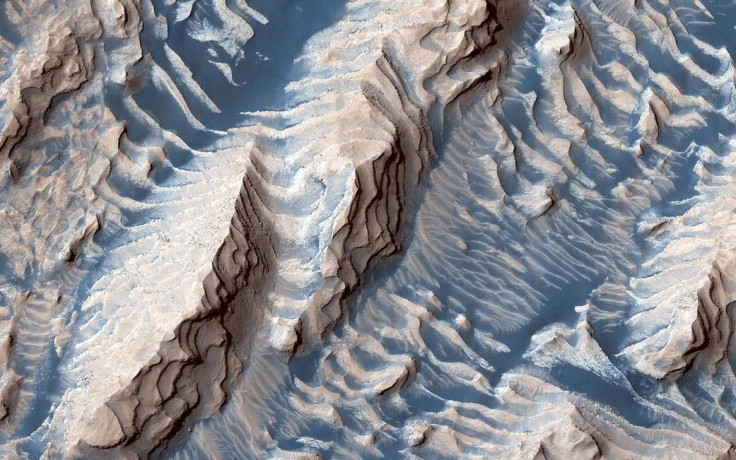NASA Mars Mission Success: Bacteria Could Play Big Role In Human Survival
Iron-crafting bacteria could pave the way for the future development of human habitats on Mars, a graduate student at the Delft University of Technology in the Netherlands has proposed.
According to a report, Benjamin Lehner, a Ph.D. candidate from Delft, is developing a technology he is dubbing In-Situ Resource Utilization (ISRU) that could be the key for preparing materials on the red planet even before a manned mission to Mars is planned out.
ISRU plans on doing this via a bacteria called shewanella oneidensis. The bacteria can convert iron-rich soil–called regolith–into magnetite. This is a form of iron that can be used to craft iron materials necessary in the building of structures and will be the main focus of ISRU.
The technology is designed as a capsule with three components. The first is a shovel-equipped rover that will be tasked to dig out the soil on the red planet. The second is a bioreactor that contains s. oeidensis. Once processed, the magnetite will then be fed to a 3D printer that will develop the materials needed by the coming settlers.
The technology could be essential in increasing the chances of manned missions in two ways. Firstly, it would reduce the amount of equipment the missions would need to carry with them en route to Mars. This could have an effect on the speed of travel to the planet.
Secondly, it would help the mission crew improve the speed of their development, which can be instrumental in improving their chances of survival by shielding them from radiation. This can also provide them with the tools necessary for creating tools for manufacturing/gathering basic materials such as oxygen and food.
Lehner has been working on ISRU for the past four years, and the technology is being closely observed by, and developed with, the National Aeronautics and Space Administration (NASA) and the European Space Agency (ESA).
While the technology is sound, the problem of delivering the payload to Mars safely without damaging the equipment and contaminating the planet with the bacteria remains to be the biggest issue faced by Lehner.
You can read more about the project on its page in the Delft University of Technology’s statement here.

© Copyright IBTimes 2025. All rights reserved.





















